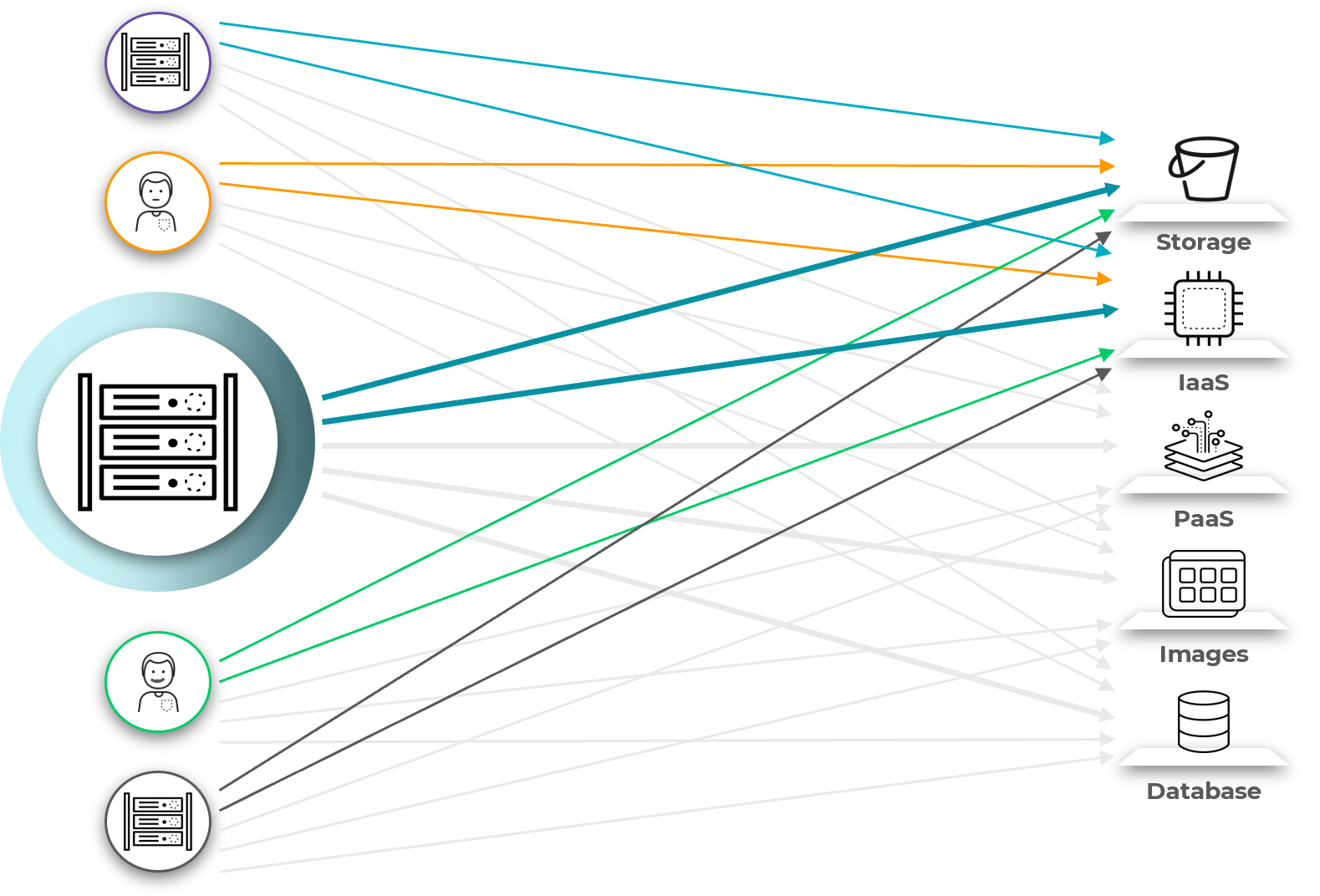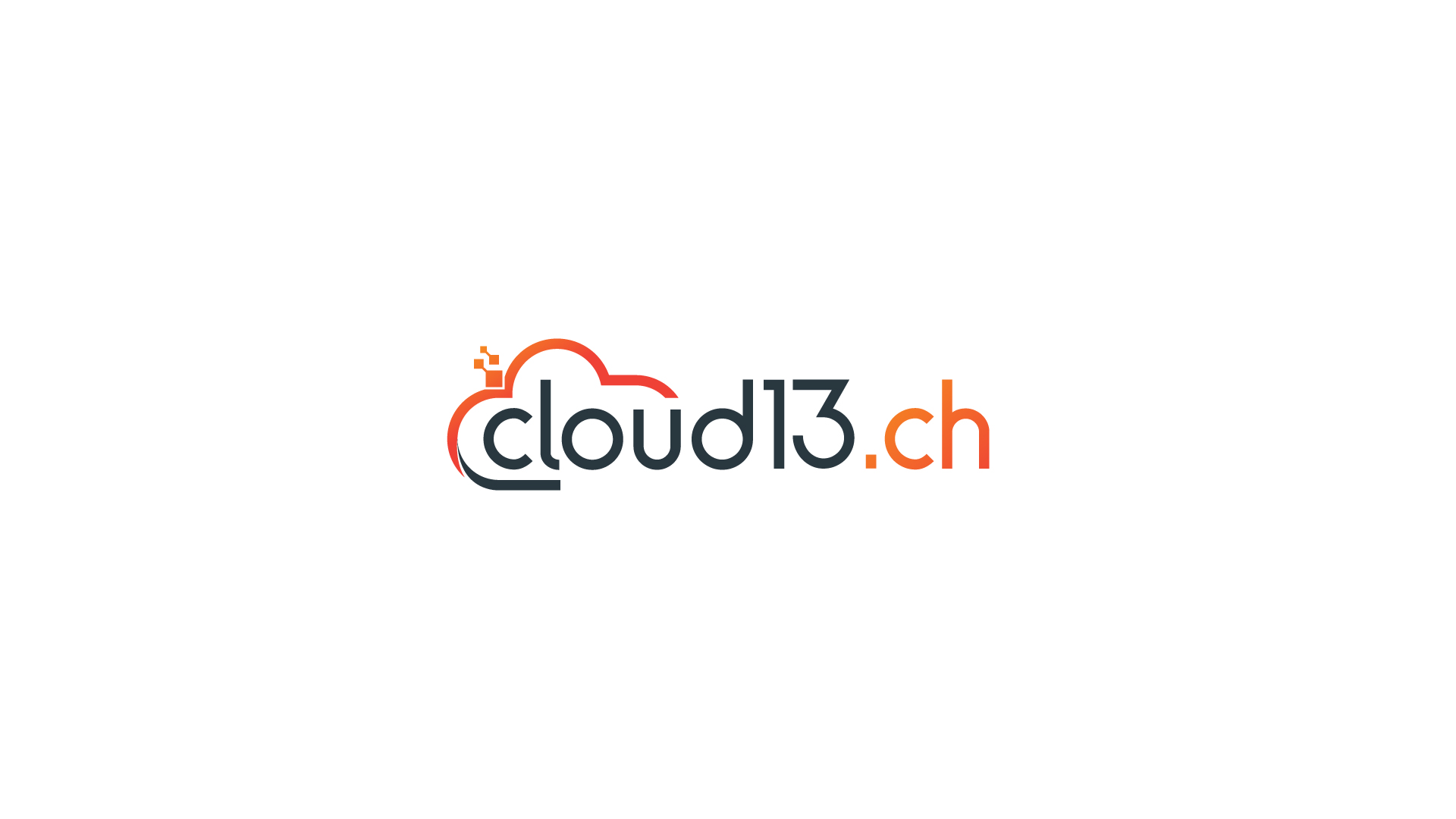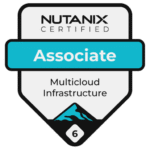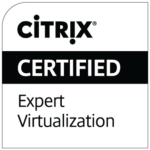The security world has outgrown its castle. For decades, enterprise networks operated on the principle of implicit trust: if a device or user could connect from inside the perimeter, they were granted access. Firewalls and VPNs acted as moats and drawbridges, controlling what entered the fortress. But the rise of clouds, remote work, and APIs has broken down those walls by replacing physical boundaries with something far more fluid: identity.
This shift has led to the emergence of Zero Trust Architecture (ZTA), which flips the traditional model. Instead of trusting users based on their location or device, we now assume that no actor should be trusted by default, whether inside or outside the network. Every access request must be verified, every time, using contextual signals like identity, posture, behavior, and intent.
But “Zero Trust” isn’t just about a philosophical change but about practical design as well. Many organizations start their Zero Trust journey by microsegmenting networks or rolling out identity-aware proxies. That’s a step in the right direction, but a true transformation goes deeper. It redefines identity as the central pillar of security architecture. Not just a gatekeeper, but the control plane through which access decisions are made, enforced, and monitored.
The Inherent Weakness of Place-Based Trust
The traditional security model depends on a dangerous assumption: if you are inside the network, you are trustworthy. That might have worked when workforces were centralized and systems were isolated. With hybrid work, multi-cloud adoption, and third-party integrations, physical locations mean very little nowadays.
Attackers know this. Once a single user account is compromised via phishing, credential stuffing, or social engineering, it can be used to move laterally across the environment, exploiting flat networks and overprovisioned access. The rise of ransomware, supply chain attacks, and insider threats all originate from this misplaced trust in location.
This is where identity-based security becomes essential. Instead of relying on IP addresses or subnet ranges, access policies are tied to who or what is making the request and under what conditions. For example, a user might only get access if their device is healthy, they are connecting from a trusted region, and they pass MFA.
By decoupling access decisions from the network and basing them on identity context, organizations can stop granting more access than necessary and prevent compromised actors from gaining a foothold.
Identities Take Center Stage
Identities are multiplying rapidly, not just users, but also workloads, devices, APIs, and service accounts. This explosion of non-human identities creates a massive attack surface. Yet, in many organizations, these identities are poorly managed, barely monitored, and rarely governed.
Identity-Centric Zero Trust changes that. It places identity at the center of every access flow, ensuring that each identity, human or machine, is:
-
Properly authenticated
-
Authorized for just what it needs
-
Continuously monitored for unusual behavior
Example: A CI/CD pipeline deploys an app into production. With traditional models, that pipeline might have persistent credentials with broad permissions. In an identity-centric model, the deployment service authenticates via workload identity, receives just-in-time credentials, and is granted only the permissions needed for that task.
This model reduces privilege sprawl, limits the blast radius of compromised credentials, and provides clear visibility and accountability. It’s about embedding least privilege, lifecycle management, and continuous validation into the DNA of how access is handled.
Routing With Intent
Zero Trust doesn’t mean the network no longer matters, it means the network must evolve. Today’s networks need to understand and enforce identity, just like the access layer.
A good example of this is Oracle Cloud Infrastructure’s Zero Trust Packet Routing (ZPR). With ZPR, packets are only routed if the source and destination identities are explicitly authorized to communicate. It’s not just about firewall rules or ACLs but also about intent-based networking, where identity and policy guide the flow of traffic. A backend service won’t even see packets from an unauthorized frontend. Routing decisions happen only after both parties are authenticated and authorized.
This is part of a bigger trend. Across the industry, cloud providers and SDN platforms are starting to embed identity metadata into network-level decisions, and routing and access enforcement are being infused with contextual awareness and identity-driven policies.
For architects and security teams, this opens new possibilities for building secure-by-design cloud networks, where you can enforce who talks to what, when, and under what conditions, down to the packet level.
Identity as the Control Plane of Modern Security
If Zero Trust has taught us anything, it’s that identity is the new perimeter and that it’s the control plane for the entire security architecture.
When identity becomes the central decision point, everything changes:
-
Network segmentation is enforced via identity-aware rules
-
Application access is governed by contextual IAM policies
-
Monitoring and detection pivot around behavioral baselines tied to identity
-
Automation and response are triggered by anomalies in identity behavior
This model allows for granular, adaptive, and scalable control, without relying on fixed infrastructure or fragile perimeters. It also provides a better experience for users: access becomes more seamless when trust is built dynamically based on real-time signals, rather than static rules.

Importantly, this approach doesn’t require a big bang overhaul. Organizations can start small by maturing IAM hygiene, implementing least privilege, or onboarding apps into SSO and MFA, and build toward more advanced use cases like workload identity, CIEM (Cloud Infrastructure Entitlement Management), and ITDR (Identity Threat Detection and Response).
Concluding Thoughts
We need a security model that reflects that reality. Perimeters no longer define trust. Location is no longer a proxy for legitimacy. And static controls are no match for dynamic threats – it’s like using static IPs when working with Kubernetes and containers.
Identity-Centric Zero Trust offers a modern foundation and a strategy. One that weaves together people, processes, and technologies to ensure that every access decision is intentional, contextual, and revocable.
Whether you are modernizing a legacy environment or building greenfield in the cloud, start by asking the right question.
Not “where is this request coming from?” but “who is making the request, and should they be allowed?”.
































